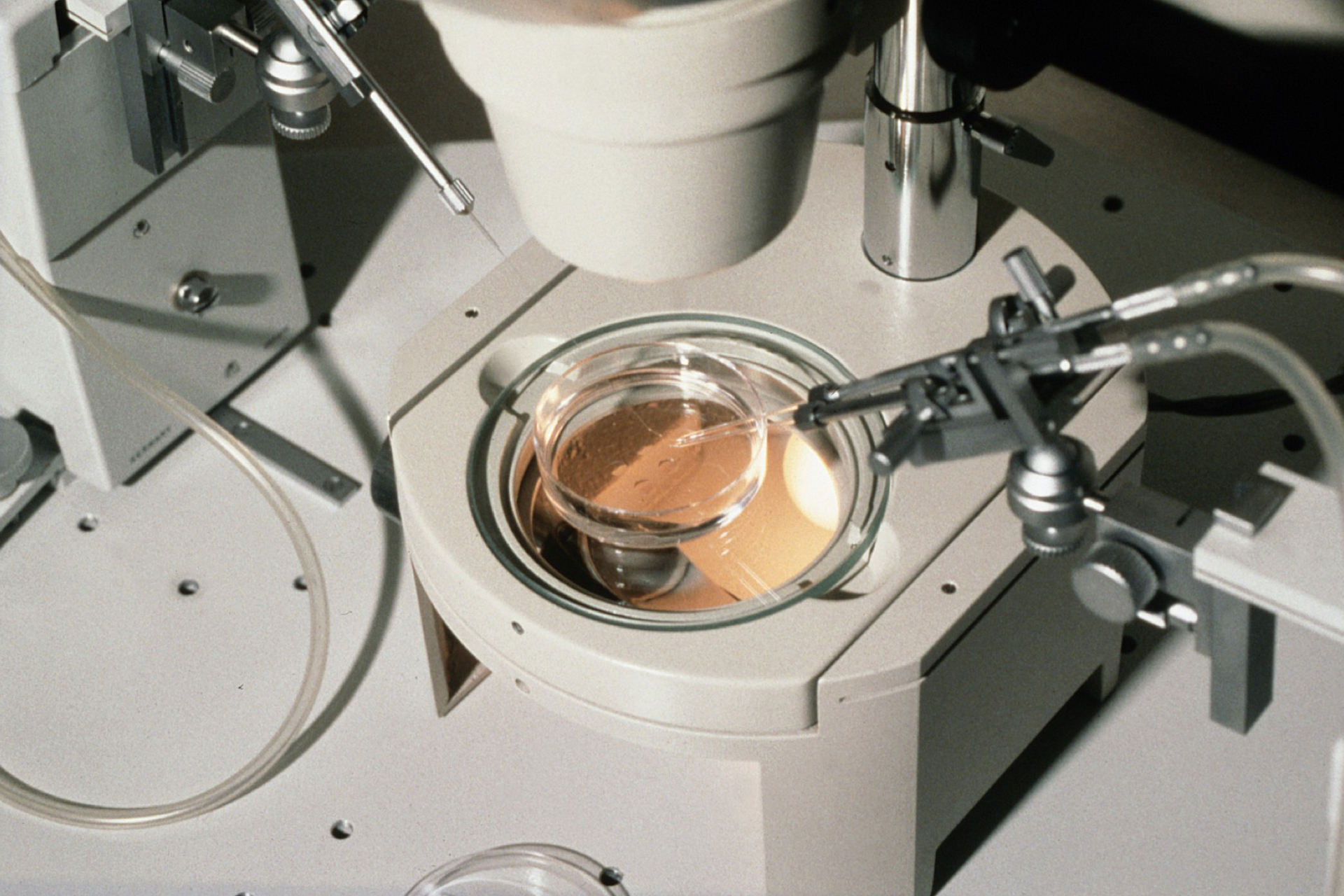|
Freezing Fertility: Oocyte Cryopreservation and the Gender Politics of Ageing Published by NYU Press ISBN-10: 1479817902, ISBN-13: 978-1479817900 Buy this book from Amazon UK |
Freezing Fertility: Oocyte Cryopreservation and the Gender Politics of Ageing, by Dr Lucy van de Wiel, is a multidisciplinary cultural analysis of egg freezing.
Freezing Fertility is a timely and powerful book about a technology that, even if it is only used by a small minority of women, nonetheless has the potential power to fundamentally alter the way we see not just reproduction, but the female lifecourse more broadly.
In 'following the egg' from the body to the freezer, and onwards to the IVF laboratory or to emerging transnational flows of eggs for reproduction and research, Dr van de Wiel analyses the discourses and practices of egg freezing, and the layered politics that surround them. Turns out that many of the challenges and debates around egg freezing are not new. Concerns around when and how women should have babies have long genealogies in debates around contraception, abortion and assisted reproduction and Dr van de Wiel skilfully connects this history to the future promises of egg freezing.
Dr van de Wiel starts with a jam-packed guide to the politics of reproductive ageing in a world of rapid social and technological change. She explores media coverage of egg freezing in UK, US and Dutch media to show why the possibility of cryopreservation, by its very existence, impacts everyone, not just those seeking to freeze their eggs.
Chapter 2 follows Dutch documentary maker Marieke Schellart's decision to freeze her eggs. Through Schellart's journey, Dr van de Wiel shows how the technology promotes assumptions of current fertility and future infertility, warranting continuous action in the present to 'silence the ticking of the [biological] clock'.
Chapter 3 addresses the new financial opportunities that the emergence of egg freezing has created, and the motivation for fertility companies to mainstream egg freezing and expand the potential client base to all women. Rather than a medical intervention, egg freezing becomes the entry point into a technologically-mediated life course that works to create a lasting relationship of financialisaton and dependency between women and fertility clinics.
For me, this chapter spoke especially powerfully to the debate around whether egg freezing is liberating or exploitative for women. If the price of reproductive freedom is a lifelong relationship of dependency on or even indebtedness to the for-profit companies that store frozen eggs and carry out IVF procedures then this liberty is at best, partial. Dr van de Wiel's emphasis on fact that egg freezing is overwhelmingly used by relatively wealthy white women further supports the need to be suspicious of such expensive liberty.
Chapter 4, Ageing Embryos and Viable Rhythms: the visualisation and commercialisation of time-lapse embryo selection explores the growing technologies and services surrounding embryo visualisation. Although interesting, in my view this did not quite fit with the rest of the book.
Chapter 5 focuses on egg freezing's role in older motherhood, and is packed with unexpected statistics and driven by sharp analysis to interrogate the reincarnation of the polemic of the 'older mother'. It draws on the stories of women who have thawed their frozen eggs to show how the technology can both reinforce and reinvent dominant framings of kinship, relationships and mortality. Dr van de Wiel contrasts the widespread concern with delayed motherhood with statistical evidence from the 50s and 70s that complicates the picture. She also highlights the very small numbers of women who have so far returned to use their frozen eggs.
This chapter was a fascinating read that challenged many of the assumptions I had held about trends in reproduction and never even thought to question. It was also a powerful reminder of the potential of numbers to tell several stories, depending on how they are arranged and presented.
Chapter 6, explores the impact of egg freezing beyond personal fertility preservation, in its potential to turbocharge the various industries that rely on the steady flow of human eggs. Cryopreservation makes it possible for eggs collected in one location to be used somewhere completely different, facilitating international transport of egg cells for reproductive and research purposes.
Dr van de Wiel explores the potential impact this can have on the interaction between different regulatory regimes, such as when UK patients order frozen eggs from US egg banks, or when eggs travel from one jurisdiction to another between research labs. She highlights the fact that in stem cell research contexts, the nuclear DNA and thus the 'biodesirability' (eg, the race, education, looks or achievements of the donor) of eggs is irrelevant, opening up the possibility of low-income women in underregulated countries becoming oocyte providers for research centres elsewhere, mirroring similar developments in the reproductive markets for egg donors and surrogacy.
Very much a technology of and for its time, egg freezing promises the agency and liberty to be fertile when it suits us, in a world where unstable relationships and demanding jobs make such timing increasingly complicated. At the same time, it ties the women who freeze their eggs to a technologically mediated reproductive future in an increasingly financialised IVF market.
Dr van de Wiel does a fantastic job of unpacking the many debates that surround this contradiction of agency and dependency. The book will be of interest to a wide audience, from general readership to students, policymakers and social scientists working on reproduction and family politics. I enjoyed reading it, learned a lot from it, and highly recommend it.
Buy Freezing Fertility: Oocyte Cryopreservation and the Gender Politics of Ageing from Amazon UK.






Leave a Reply
You must be logged in to post a comment.